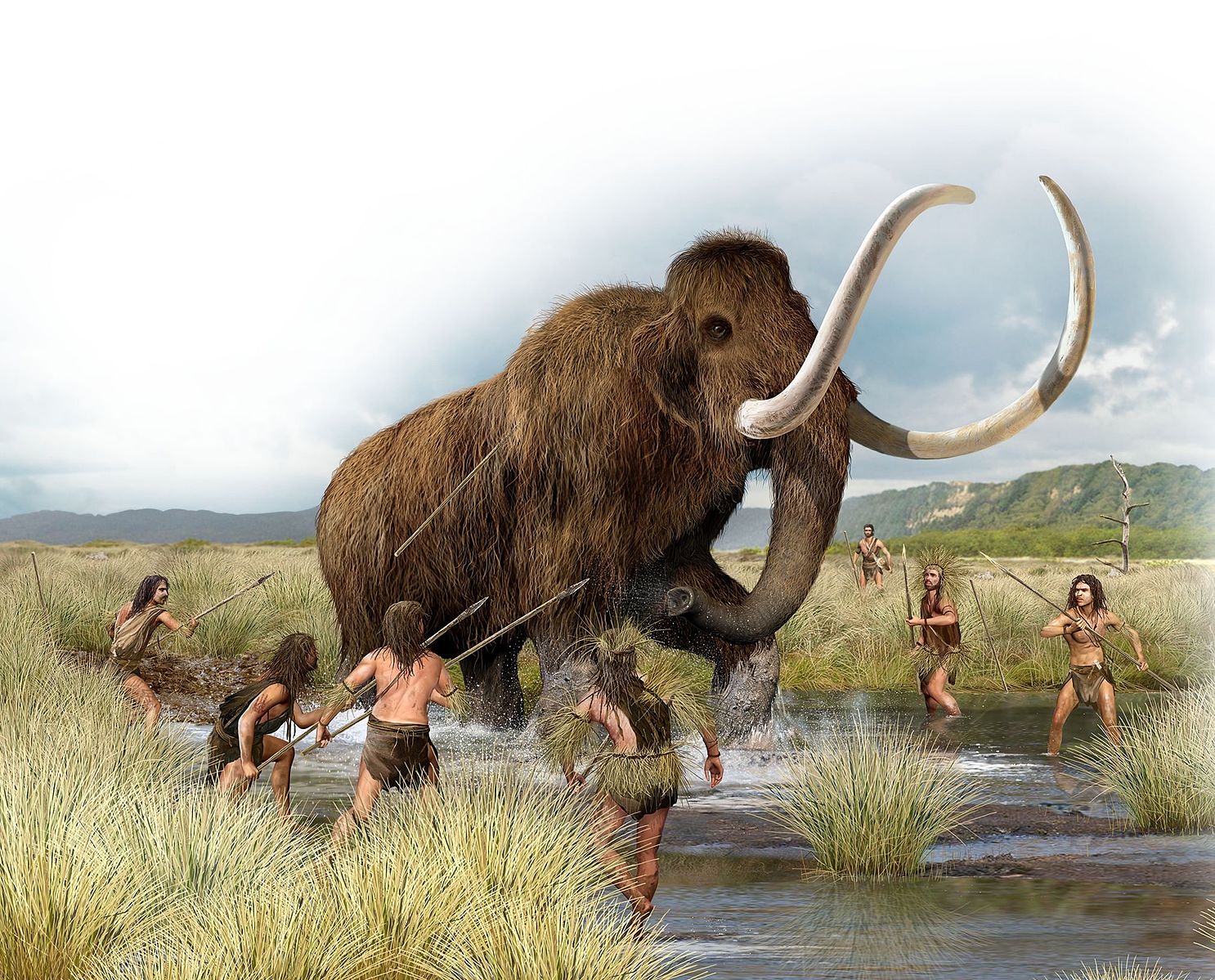When did woolly mammoths go extinct, and when and how did humans drive this extinction? We have a new lab paper out on this subject, led by Damian Fordham and with other senior colleagues from the Center for Macroecology, Evolution, and Climate, in Copenhagen. I made a fairly minor methodological and writing contribution. You can read the study in Ecology Letters or download a PDF.
The study uses process-oriented modeling in a Bayesian framework to extrapolate the range dynamics of the mammoth over time, based on a range of empirical constraints and prior beliefs.
From this one we were able to make a map of the most plausible extinction dates in different locations. Notably, we show that mammoths likely persisted in northern Siberia up until around three thousand years ago. This is in line with recent genomic evidence from other researchers!
We were also able to make a map of the locations and times in which humans impacted these extinction dates, by exploring counterfactual scenarios in which human impacts were not present (the below pixels show # of years humans hastened extinctions). These maps show that in many locations, humans accelerated mammoth extinction – providing key nuance to the often oversimplified debate on climate vs. hunting vs. habitat loss impacts on the species.
Congratulations to Damian for a very nice study – please give it a read.
(hunting image is Creative Commons licensed from Wikipedia)




